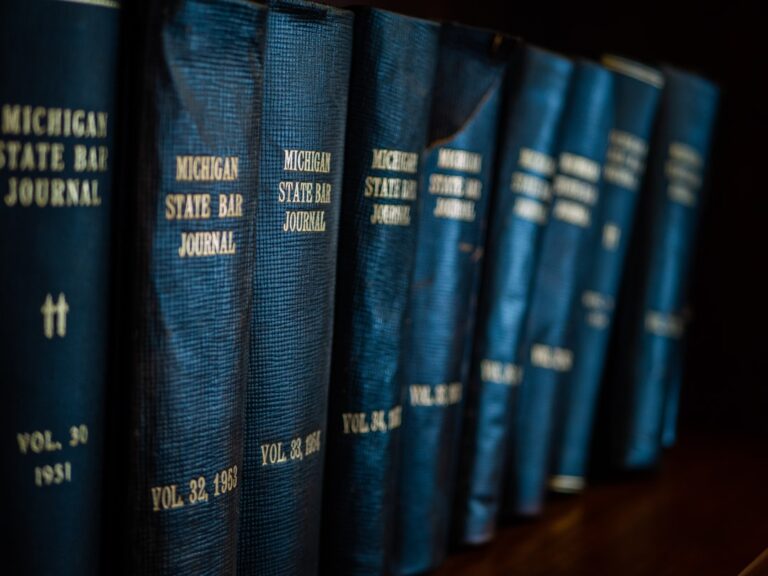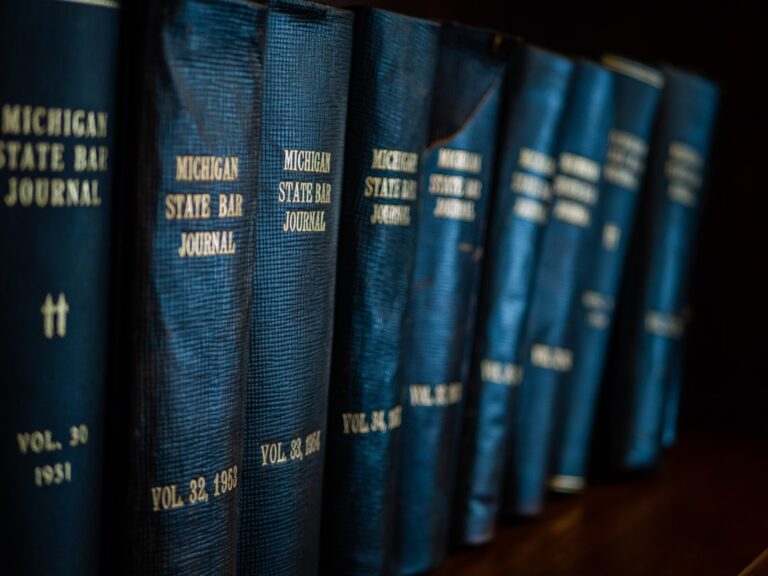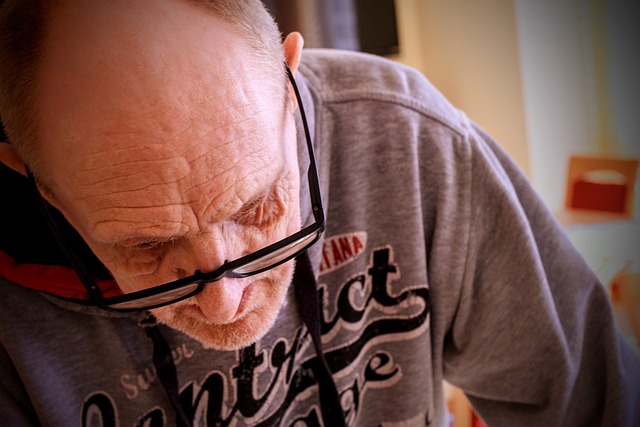Forensic gait analysis, powered by advanced technology, is a critical tool for elderly sexual assault attorneys in Pennsylvania. By examining unique walking patterns, this method provides strong evidence linking suspects to crime scenes and victims. It aids in accurate investigations, strengthens legal cases, and ultimately seeks justice for elderly abuse victims where direct physical evidence may be scarce. However, it navigates complex ethical and legal considerations, demanding strict protocols and evolving legal frameworks to protect individual liberties while advancing justice.
In Pennsylvania, forensic gait analysis emerges as a pivotal tool in unraveling complex elderly sexual abuse cases. This cutting-edge technology deciphers unique walking patterns, offering concrete evidence that aids law enforcement and elderly sexual assault attorneys alike. By analyzing gait characteristics, investigators can identify suspects, corroborate witness testimonies, and strengthen legal arguments. However, ethical considerations and proper legal frameworks must be navigated to ensure the admissibility and reliability of gait analysis evidence in PA courtrooms.
Understanding Forensic Gait Analysis: A Powerful Tool in Criminal Investigations

Forensic gait analysis is a highly specialized technique employed by law enforcement and criminal justice professionals to identify individuals through their unique walking patterns. This method involves meticulous examination of various factors, such as stride length, heel-to-toe progression, and even subtle variations in weight distribution. By comparing these characteristics against known samples or video footage, experts can provide crucial evidence in criminal investigations.
In the context of Pennsylvania, where elderly sexual assault cases are a significant concern, forensic gait analysis serves as a powerful tool for elder sexual abuse attorneys. It helps establish a suspect’s involvement, providing tangible links to the scene and potential victims. This scientific approach enhances the accuracy and reliability of investigations, ultimately supporting the efforts of dedicated elderly sexual assault lawyers in pursuing justice for their clients.
The Role of Technology in Elderly Sexual Assault Cases in Pennsylvania

In recent years, technology has played a pivotal role in enhancing the legal process for elderly sexual assault cases in Pennsylvania. With advancements in forensic science, one powerful tool that has gained traction is gait analysis, which focuses on identifying and matching an individual’s unique walking pattern. This method, often assisted by cutting-edge technologies like motion capture systems and computer algorithms, can provide critical evidence in prosecuting perpetrators of elder abuse.
Elder sexual assault attorneys in PA have utilized these technological innovations to strengthen their cases. By analyzing gait patterns, experts can help establish a defendant’s presence at the scene and even their specific involvement in the crime. This scientific approach not only ensures more accurate investigations but also supports successful prosecutions, ultimately seeking justice for elderly victims.
How Forensic Gait Analysis Can Assist Elder Sexual Abuse Attorneys

Forensic gait analysis plays a pivotal role in assisting Pennsylvania’s elderly sexual assault attorneys. By analyzing an individual’s unique walking pattern, this advanced technique can provide crucial evidence in identifying perpetrators and reinforcing or challenging claims of elder sexual abuse. It offers a detailed, scientific approach to link suspects to the scene of the crime, ensuring more robust legal arguments for both prosecution and defense.
Attorneys can leverage gait analysis to strengthen cases involving elderly victims, where physical evidence may be limited. The technique enables them to present a compelling visual representation of how an alleged attacker moved during the incident, potentially matching it against surveillance footage or witness descriptions. This specialized knowledge helps navigate complex legal landscapes, ultimately advocating for justice in Pennsylvania’s elder sexual abuse cases.
Ethical Considerations and Legal Framework for Using Gait Analysis Evidence

The use of forensic gait analysis in elder sexual abuse cases presents a complex web of ethical considerations and legal frameworks. As Pennsylvania’s elderly sexual assault attorneys navigate this intricate landscape, they must ensure that the admission of gait evidence respects the rights of both victims and defendants. One primary concern revolves around the potential for bias or misinterpretation, as even subtle variations in an individual’s walk can be subject to varying interpretations. This raises questions about the reliability and admissibility of such evidence under the legal standard of beyond a reasonable doubt.
Moreover, ethical guidelines must govern the collection and use of gait data to protect privacy and prevent further victimization. In Pennsylvania, where the pursuit of justice for elderly victims is paramount, it’s crucial that forensic gait analysis is conducted by qualified experts who adhere strictly to established protocols. The legal framework surrounding this technique continues to evolve, reflecting a delicate balance between advancing investigative capabilities and safeguarding individual liberties—a balance that demands meticulous attention from both legal professionals and law enforcement agencies.
Real-World Examples: Success Stories of Forensic Gait Analysis in PA Courtroom

Forensic gait analysis has proven to be a valuable tool in the PA courtroom, particularly in cases involving elderly sexual abuse. Real-world examples illustrate its effectiveness in securing justice for victims. In one notable case, an elderly woman reported a series of inappropriate contacts by her caregiver. Through forensic gait analysis, experts were able to compare the suspect’s gait to that captured on surveillance footage from the victim’s home, providing compelling evidence that linked the caregiver to the incidents. This led to a successful prosecution and a conviction for sexual assault.
Another example highlights the role of this technique in clarifying ambiguous situations. A senior citizen accused a neighbor of sexual harassment, but the case lacked direct physical evidence. Forensic gait analysis was employed to examine foot prints left at the scene, which matched the defendant’s unique gait. This scientific approach provided the crucial link needed for a jury to convict, demonstrating the power of forensic gait analysis in elderly sexual assault cases handled by PA attorneys specializing in these matters.






